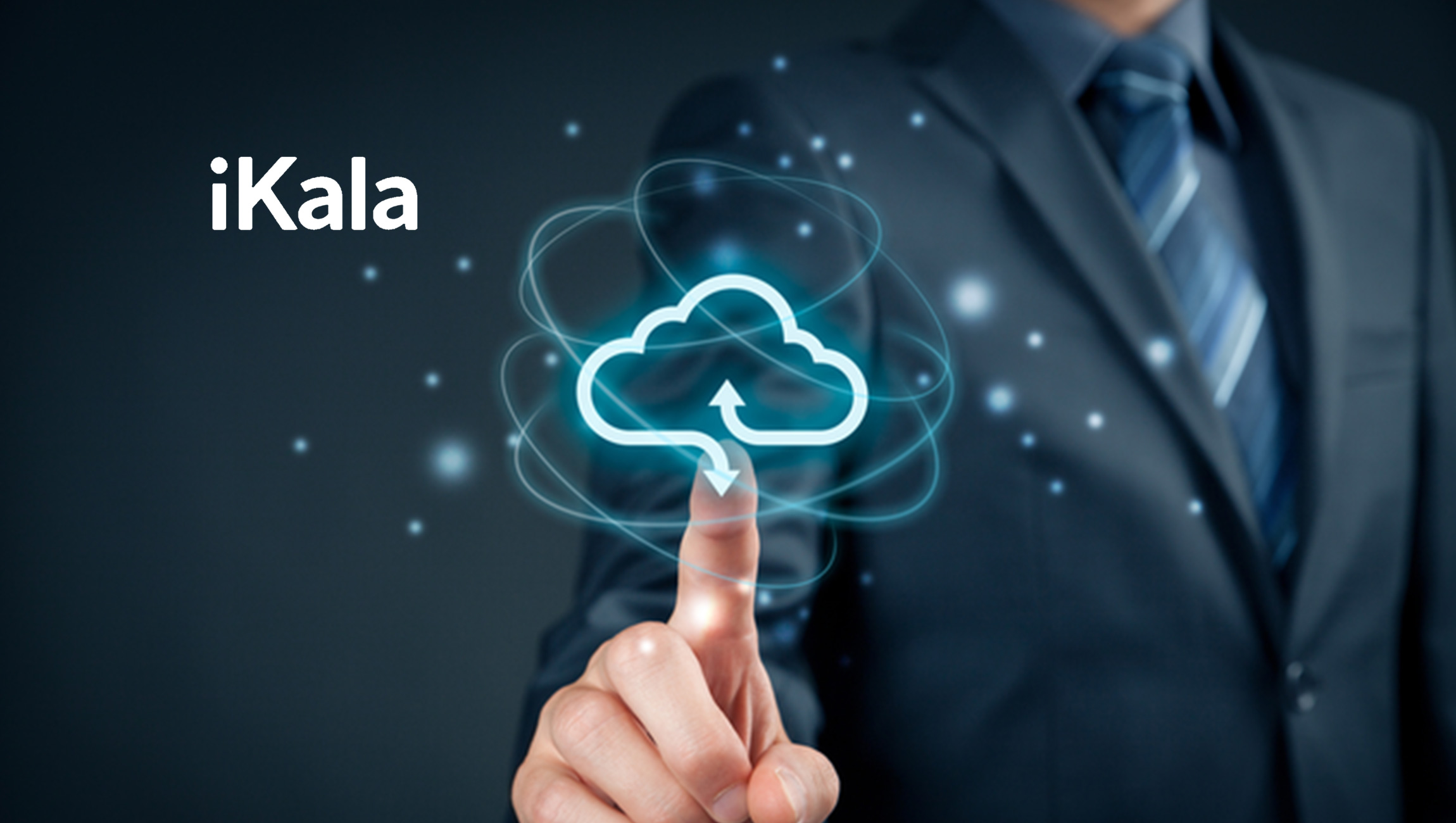What are the key developments in the Omnichannel Marketing technologies that are resulting in enormous revenue opportunities for brands?
In the last few years, the Omnichannel Marketing landscape has changed not through any single leap forward in innovation, but rather through innovations in various fields that have come together to build something greater than the sum of its parts. For example, better Data Management technologies have helped brands take data out of silos and place them in a unified customer database. This allows for analytics tools to be more effective in producing insights based on the data. These deep insights, in turn, provide a more comprehensive 360-degree customer view, which allows brands to identify every customer and facilitates individualized engagement. This is the key to realizing the full potential of Omnichannel.
Developments that have empowered brands to do this include:
Customer Data Platforms that enable a single view of the customer and resolve identity resolution issues. Omnichannel delivery capabilities that enable brands to reach out to these individual customers across multiple channels, devices, and touchpoints, in real-time and in a cost-efficient manner. AI and Machine Learning that ensures the optimization of the channel, time, and next-best content to deliver the best, most relevant, and timely experience to their audiences. Ultimately, all these innovations work together to give brands an unprecedented understanding of their customers and provide brands the ability to act on this understanding in a way that makes a bigger impact on their audience.
How do you compare between Mobile Commerce and E-Commerce? Are these two online platforms suitable replacements for physical brick-and-mortar infrastructures?
Every business model is different, and customer demands are unique to every company. As such, it is not about which channels are superior, but rather which are more suitable to meet the demands of your customers. In general, though, we are seeing fewer brands putting a heavy emphasis on brick-and-mortar infrastructure alone, particularly among younger brands and start-ups – likely as mobile commerce and e-commerce generally require less capital and can allow companies to scale and reach a wider audience.
However, that does not mean that brick-and-mortar infrastructures are irrelevant for all brands. We are not yet at a point where one has replaced the other. Depending on a combination of factors such as the market, customer mindset, and even the product, one channel may play more dominantly than the other. For example, our latest research report found that nearly half (48%) of Southeast Asia (SEA) brands had in-store or in-branch interactions as part of their marketing activities for 2019. In addition, almost a quarter (23%) of SEA brands have already begun using location-based beacon technologies, signaling a move towards integrating offline and online experiences.
This is why a well-thought-out Omnichannel strategy matters because it helps brands map out how best to integrate all the relevant channels as well as what capabilities and tactics they need to make it happen.
What makes Amazon so successful in modern Omnichannel Marketing and retail business? How do you measure the success of such brands?
There are many factors to Amazon’s success. While the company has led the evolution of e-commerce and the wider retail industry with its innovations, multiple other factors and a lot of experimentation have also contributed to its success – over time.
A pillar of Amazon’s success has been its Omnichannel outreach – desktop, mobile, call centers – to customers wherever they may be at any time and place. Amazon has also supported its Omnichannel outreach with a strong retail ecosystem encompassing last-mile delivery.
By consolidating data from its multitude of channels, Amazon and other successful brands can build an in-depth, 360-degree customer view. With a robust analytics engine, they can make sense of the vast pool of data they’ve gathered and applied the insights gained to refine business practices.
Amazon’s constant efforts to build on these insights have yielded unique customer engagement strategies and enabled the company to push the boundaries of real-time Marketing. Now considered an old concept and an expectation in the online experience, this strategy is most apparent when customers shop on Amazon and receive relevant product recommendations and promotions – all based on factors such as what other similar customers have looked at or bought, the customer’s own purchases and search history, and various other data points. This information is curated automatically in real-time and is highly personalized to the customer.
Amazon also excels at delivering seamless Omnichannel customer experience. Customers can easily transition between mobile and desktop shopping, and customer support is a seamless process as agents have access to a customer’s history so they can easily resolve any queries or requests.
In terms of measuring the efficacy of these strategies, it’s important to continue putting customers at the center of these metrics. If brands are using real-time Marketing, they need to track how much engagement they are seeing on any presented information (e.g., how many customers clicked to learn more about a recommended product that a brand presents?). What’s more important in optimizing an Omnichannel strategy is to identify which areas need to be improved (e.g., are the “recommended products” not relevant enough for customers, or is it the way the information is being presented?). With these questions answered, businesses can then make adjustments to improve the customer experience.
Tell us more about the impact of new technologies such as Location Data and Customer Data Management on B2C industries.
Enabling offline-to-online journeys has been a pain point for most B2C brands. Location-based technology bridges this gap and helps brands execute real-time Marketing strategies both online or in-store.
The main idea behind location technology is to help create a two-way bridge between “physical” behavior and the brand’s digital customer data. The kind of tracking (e.g., the number of store visits or where a customer spends the most time browsing) can be used to build out the 360-degree customer view and triggers for interaction (e.g., sending a marketing promotion by SMS when a customer comes near a location.)
For example, beacons can alert staff when a high-value customer walks into their store, so they can create an individualized experience to ensure maximum relevance and impact. Location-based technology can also provide valuable insights at scale. For example, a brand can identify which of its outlet performs better at a given time of year and tailor Marketing or other services to drive purchases.
As effective as these tactics can be, they can also result in a deluge of data that brands sometimes struggle to process. Our research in Southeast Asia shows that respondents ranked too much data as the second biggest challenge brands in the region face. This is where Customer Data Management technology plays a big role. As integrated data platforms become more widely adopted, B2C companies can capture and process customer data more efficiently and extract valuable insights more swiftly. In addition, a robust customer Data Management Platform sets the foundation that enables real-time Marketing.
How is Singapore/APAC market for Marketing Technologies shaping up around AI, ML and Big Data Analytics?
Based on our research, 36 percent of regional brands indicate Artificial Intelligence and Machine Learning as a priority area of this year. However, more than half of brands also ranked Omnichannel and real-time Marketing as their priorities AI, ML and Big Data analytics are already an integral part of these concepts. It’s with these tools that the platforms extract insights from vast data pools.
In that context, many regional brands have already integrated these tools, and as they continue down the Omnichannel Marketing route, there will also be wider adoption and deeper integration of AI and ML in Marketing Technology. What we predict is that brands will continue to adopt these technologies, but as part of a larger Omnichannel Marketing approach rather than as stand-alone technologies.
What are your predictions on the rise of Mobile and Video in the Commerce Industry? How do you plan to embrace it and train your employees/engage customers?
We will continue to see the rise of mobile as a channel for commerce – more brands will leverage video as a means to engage consumers. Mobile commerce will continue to be particularly impactful for emerging markets, like Indonesia and Thailand, where more customers connect to the internet via mobile devices than laptops. SEA brands have rightly focused on the opportunities that mobile presents, with over half of all brands leveraging mobile push notifications and SMS to enhance real-time customer engagement.
Videos are also the most popular content formats in the region. However, effective usage of videos should take into account infrastructure at the customer’s end and ensures that the content is relevant to the mindsets, lifecycle states, and propensities of a brand’s target audience segments.
This is because the average consumer receives an ever-increasing number of mobile notifications on a daily basis – one study estimated that it could be as high as 85 notification a day. Breaking through the noise will become increasingly important, and the most effective way to do that is to ensure any outreach via mobile is both timely and relevant to the individual. Brands should take a step back and work to achieve a 360-degree customer view to first build that understanding.
Mani Gopalaratnam is the Chief Technology Officer of Customer Success. In this role, Gopalaratnam leads Resulticks efforts to optimize the customer journey leveraging the right lifecycle processes, promote best practices in implementation, and maximize economic value for each of its clients.
He has a well rounded experience in multiple domains such as Manufacturing, Logistics, Banking, Capital Markets, Insurance, Real Estate, utilities and Telecommunications. He had an opportunity to work in various technologies from Mainframes to client server to internet based and provided technology support end-to-end.
Resulticks is a real-time conversation cloud enabled by the world’s first marketing data Blockchain. With its Big Data-driven, AI-powered, omnichannel approach, Resulticks is changing the Marketing Automation landscape worldwide. Resulticks has offices in the United States, India, Australia, and APAC.











